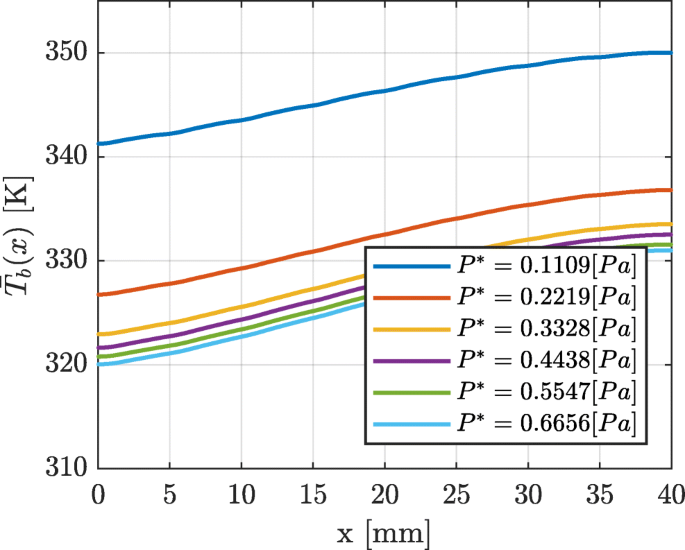
“Study on Capillary Rise from Shallow Groundwater and Critical Water Table Depth of a Saline-Sodic Soil in Western Songnen Plain of China.” Environmental Earth Sciences 64, no. Yang, Fan, Guangxin Zhang, Xiongrui Yin, Zhijun Liu, and Zhigang Huang. “Present Situation and Tendency of Saline-Alkali Soil in West Jilin Province.” Journal of Geographical Sciences 11, no. Hui-qing, Liu, Xu Jia-wei, and Wu Xiu-qin. “Gypsum Amendment Improves Native Grass Establishment on Saline-Alkali Soils in Northeast China.” Soil Use and Management 13, no.

The test results show that although repeated freeze-thaw cycles make the soil structure loose and the mechanical strength greatly reduced, the soil particles agglomerate obviously after adding lime, its dispersion is restrained by the flocculation of clay colloid, and the shear strength of soil is improved by the increase of the cohesive force between clay particles, and the optimal lime mixing ratio of the saline soil in this area is 9%. The mechanical analysis is carried out by combining particle size analysis test and SEM image. By adding different content of lime (0%, 3%, 6%, 9%, 12%, 15%), the change of mechanical strength of lime solidified saline soil under different freeze-thaw cycles (0, 1, 3, 6, 10, 30, 60 times) is studied.

In this paper, the typical carbonate saline soil in the west of Jilin Province, China is taken as the research object. In order to reduce the occurrence of these undesirable phenomena, it is often necessary to improve the saline soil in engineering. The freeze-thaw cycle of saline soil in the seasonal frozen area will produce diseases such as frost heave and thaw settlement, road frost boiling, collapse and uneven settlement.


 0 kommentar(er)
0 kommentar(er)
